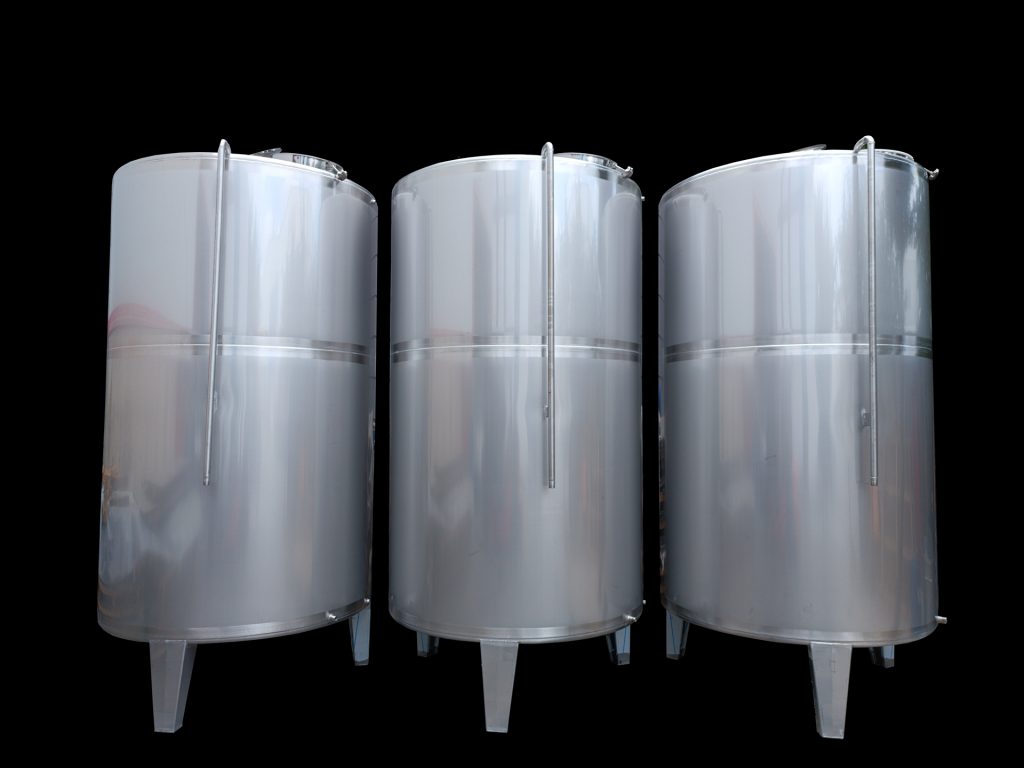The Best Way for Stainless Steel Olive Oil Storage
Olive oil is an indispensable part of our kitchens, loved for its flavor and health benefits. However, to preserve its quality and extend its shelf life, proper storage is critically important. This is where stainless steel tanks come in. Stainless Steel Olive Oil Storage is a reliable, hygienic, and eco-friendly option for protecting the natural properties of olive oil. In this article, you will discover the benefits and technical details of proper Stainless Steel Olive Oil Storage.
Why Are Stainless Steel Tanks Preferred?
Preserving Olive Oil Quality
Olive oil is highly sensitive to external factors like oxygen, light, and temperature. Incorrect storage conditions can lead to oxidation and a decline in quality. Stainless steel tanks, therefore, minimize these factors, protecting the oil’s freshness and nutritional value.
Oxygen Protection: First, their airtight lids prevent contact with oxygen.
Light Protection: Secondly, their opaque surfaces prevent the oil from deteriorating due to photo-oxidation.
Temperature Stability: In addition, thermal insulation helps maintain a constant temperature inside the tank.
Durability and Long-Term Use
Stainless steel is highly resistant to corrosion and can be used for many years without deforming. This also makes it an economical solution for olive oil producers.
Advantages of Stainless Steel Tanks for Storage
Superior Corrosion Resistance
Although olive oil has a low acid content, it can react with metals during storage, spoiling its flavor and quality. Stainless steel provides superior protection against such chemical reactions.
Hygienic Structure and Food Safety
Stainless steel is one of the most preferred materials in the food industry. Its smooth surface, for example, prevents the formation of bacteria. Consequently, its easy-to-clean nature fully meets hygiene standards.
Thermal Insulation and Temperature Control
Olive oil storage must be within a specific temperature range. The insulation properties of stainless steel tanks prevent temperature fluctuations and preserve the oil’s quality.
Technical Specifications of Stainless Steel Tanks
Material Types (304 and 316 Stainless Steel)
The most common types of steel used in the construction of stainless tanks are 304 and 316.
Capacity and Size Options
Stainless steel tanks are manufactured in various capacities, offering solutions for different storage needs.
Surface Finish and Ease of Cleaning
The surface of the tanks is designed to be smooth and shiny. Therefore, this simplifies the cleaning process and enhances hygiene standards.
The Importance of Quality in Olive Oil Production and Storage
Olive oil requires a delicate production process. The right storage conditions directly affect the product’s flavor and nutritional value.
Economic Benefits and Environmental Advantages
Long-Term Investment
The durability of stainless steel tanks makes them a long-term investment.
Recyclability and Sustainability
Stainless steel is a 100% recyclable material. This, in turn, reduces its environmental footprint.
Tips for Choosing Stainless Steel Tanks
Choose the Right Capacity: Select a tank size that suits your storage needs.
Find a Reliable Supplier: Ensure quality by purchasing from certified stainless steel tank manufacturers.
In conclusion, Stainless Steel Olive Oil Storage in stainless steel tanks is the best solution for quality, hygiene, and longevity. These tanks stand out as the storage technology of the future due to their eco-friendly and economic advantages.
Stainless steel tanks can be used for 20-30 years or longer with proper maintenance.
A soft cloth and food-safe cleaning products should be used.
While 304 is suitable for general use, 316 is better for acidic environments.
It varies depending on capacity and quality.
Yes, but its structural integrity must be checked.


